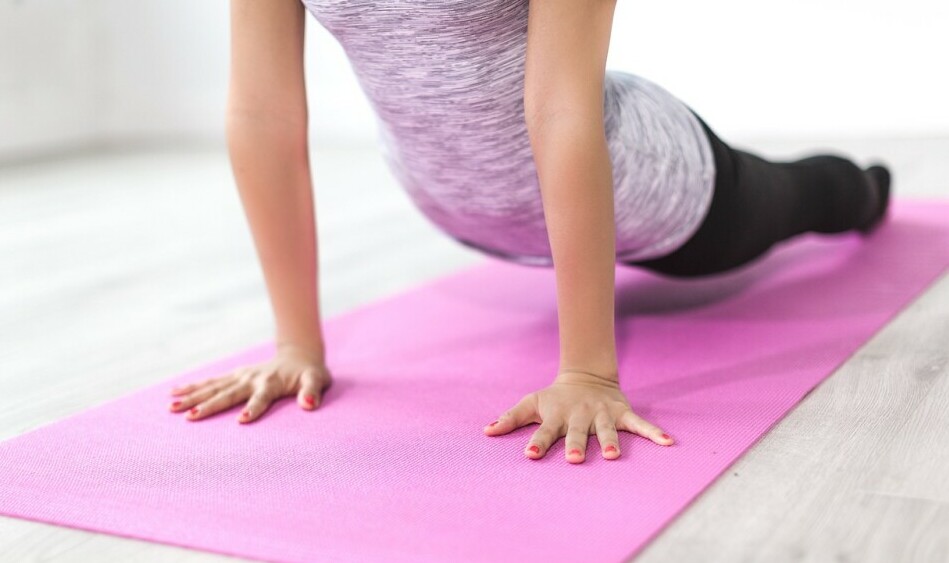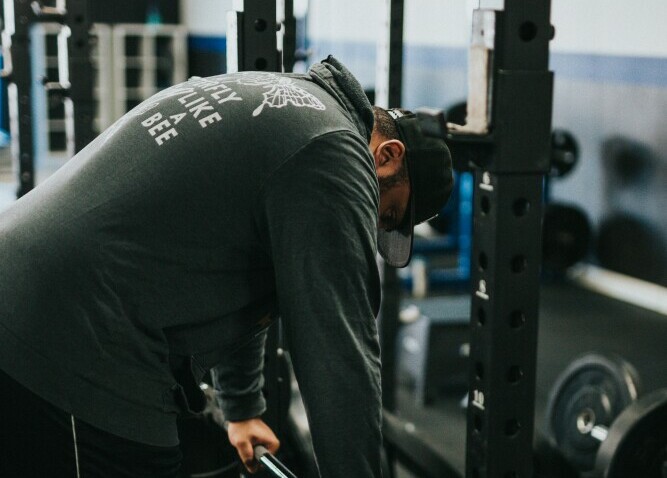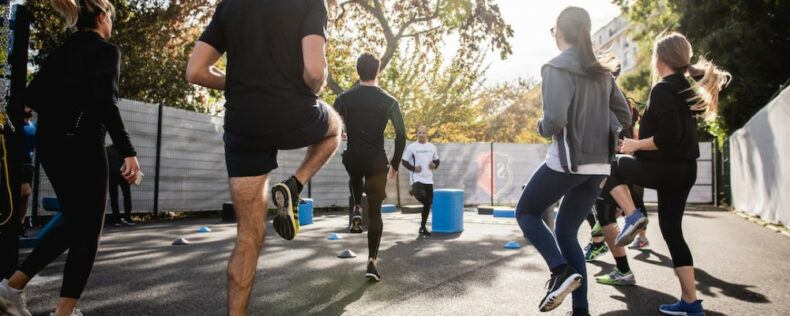I get it, warming up before your workout is far from the most exciting or glamorous thing you can do at the gym. However, it’s a very crucial and necessary part of a proper exercise routine. Therefore, as tempting as it may be to jump straight into your exercises when you’re at the gym, it’s critical that you first take some time to get your body warmed up. In this post, I’ll go over the importance of warming up, different ways of warming up that you may consider, and how to warm up for a workout so that you get the most out of your training.
Warming Up Is More Important than You Think
A lot of people don’t warm up properly, or neglect it completely, because they don’t understand its significance. Although it only requires doing a few simple movements, these movements serve a variety of essential purposes.
Warming up your muscles before exercising increases body temperature and blood flow, which means oxygen can be more readily available for your muscles. It also loosens up your muscles by increasing muscle elasticity. All of this means your muscles can be more flexible and handle more exertion during training. You’ll benefit from being able to train with a greater range of motion, as well as the potential of doing more reps or lifting more weight. These are all factors that can lead to better muscle growth over time.
Additionally, this reduces the risk of injury during training. When your muscles are stiff and not being supplied with enough oxygen, this can make them more prone to strains and other injuries, especially when using heavy weights. Therefore, warming up not only enhances your workout, it’s also key to ensuring your safety.
Static vs. Dynamic Stretching
Most people will include some form of stretching in their warmups. There’s nothing wrong with this, but there are a few points I want to highlight as to what kinds of stretches you should be doing and when you should be doing them.
There are two types of stretches: static and dynamic. Dynamic stretching involves constant, low-intensity movements that help to prepare your muscles and joints for strength training. This includes movements like swinging, twisting, and lunging. Depending on what exercises you’ll be doing that day, performing dynamic stretches that imitate those motions and utilize the same muscles are a great way to prepare your body for the workout

On the other hand, static stretching involves holding a stretched position and keeping your body under constant tension for an extended period of time without moving. These kinds of stretches are beneficial because they gradually improve flexibility, but they shouldn’t be the first things you do when you begin warming up.
When your muscles are still cold, trying to hold them in a fully extended position may actually have a negative impact on your workout performance. Instead, you should only do them once your muscles are already warm, whether that’s after your dynamic stretches, or better yet, at the end of your entire workout.
Don’t Rush Through It
Warming up is a crucial part of your fitness routine, so don’t just go through the motions to try and get through it as quickly as possible. Take 5-10 minutes before every workout to really make sure your muscles feel ready to exercise.
If any muscles still feel tight, don’t move onto your training thinking they’ll warm up as you go; do whatever additional warmups and stretches you need in order to first loosen them up. As I mentioned before, stiff muscles will only impede your performance and make you more likely to hurt yourself.
In addition to the warmups you do before you begin exercising, it’s also a good idea to warm up on the specific exercises you do, especially for compound movements that involve heavy lifting. Start with lighter weights and work your way up to the final weight you’ll do your actual sets with.
This gives your body the chance to familiarize itself with the movement and get accustomed to increasing levels of exertion as the load increases. It also gives you the opportunity to make adjustments, in case you experience any discomfort or pain with the movement, before you fully commit to the exercise.
Get Warm, but Don’t Tire Out
Although you don’t want to be hasty with your warmup, you also shouldn’t spend so much energy on it that you’re already tired when you begin your workout. Doing so may prevent you from training to your full potential.

If you’re doing dynamic stretches as part of your initial warmup, it’s true that you’ll want to raise your heart rate and get your blood flowing. However, it doesn’t need to turn into a full cardio workout that leaves you out of breath and sweating profusely.
When you’re warming up on an exercise with lighter weights, you don’t need to go to failure on all these warmup sets. Do a few reps to get acclimated, but once you feel comfortable enough to increase the weight, there’s no need to waste additional energy doing more reps.
For a long time, when I benched I would do as many reps as I could with every warmup set, but someone once pointed out to me that this was using up too much of my energy. Once I cut down on my warmup sets, doing just enough reps to get myself physically and mentally prepared to add more weight, I was immediately able to add 30-40 pounds to my bench press. I could’ve been benching more weight and progressing more quickly all along if I hadn’t been making this mistake the entire time.
Besides not needing to do too many reps per set during your warmup, you also don’t need to do too many warmup sets. Starting at a light weight and adding weight in increments will help you ease into the exercise, but increasing the weight in very small increments each time will end up taking quite long and tiring you out rather quickly.
Unlock Your Full Potential
Getting your warmup routine right can be a bit tricky. You want to make sure you do enough, but you don’t want it to cut into your actual workout time. You want to get your heart pumping and your muscles warm, but you don’t want to take away from the energy you need to train hard.
It may take some experimentation to find the right balance. There may be times when you can’t seem to train at your best, which can be a consequence of both not warming up enough and expending too much effort warming up.
However, once you gain a grasp on how much warming up your body needs, it may just surprise you how much of a boost it can provide for your workouts.

